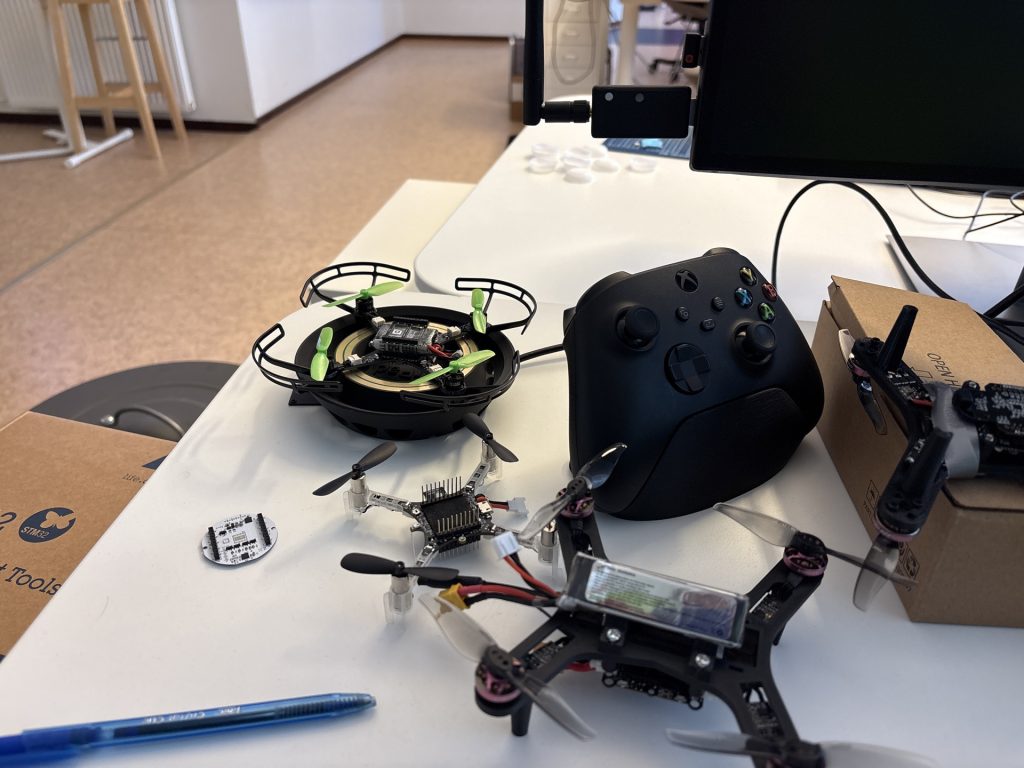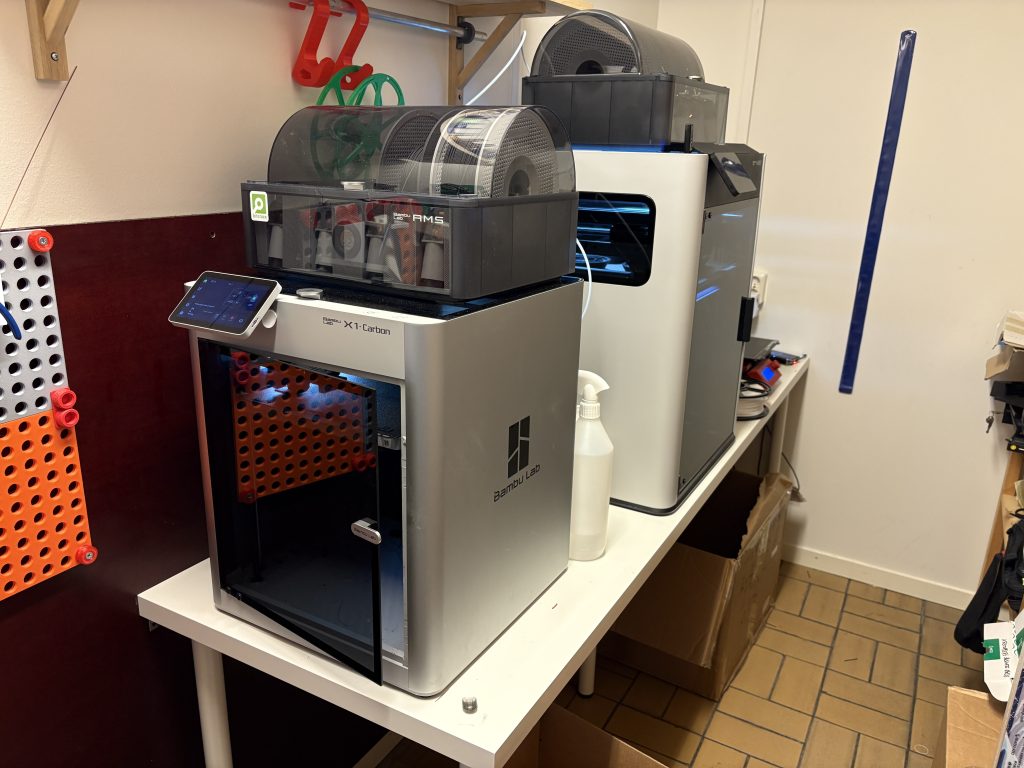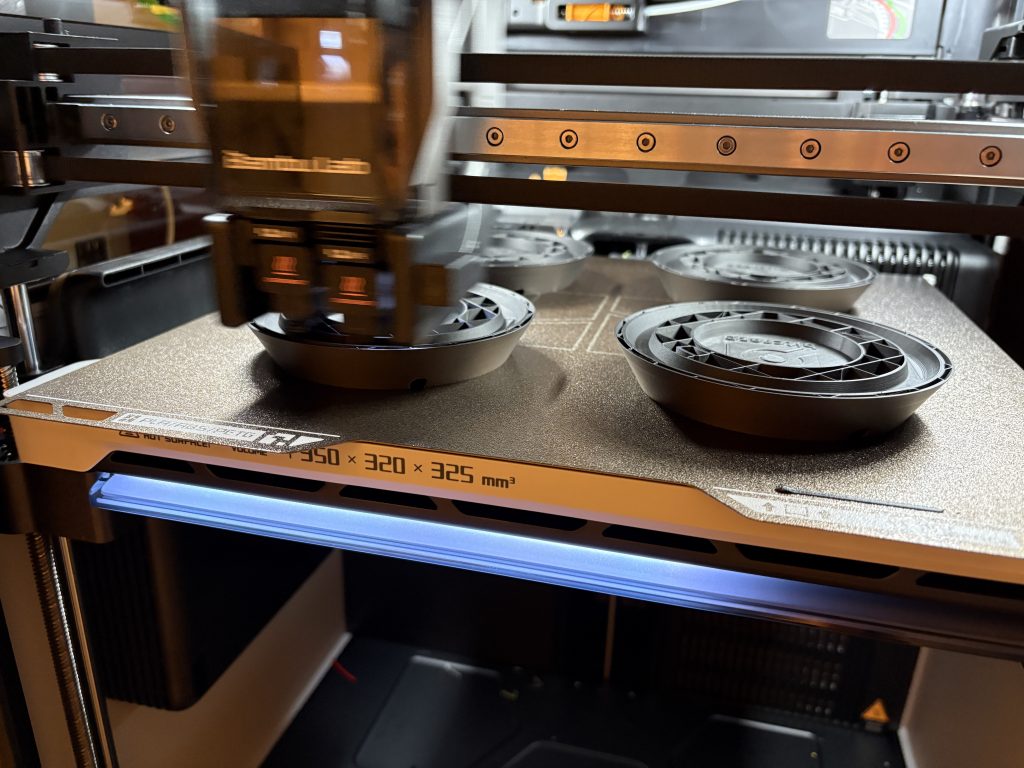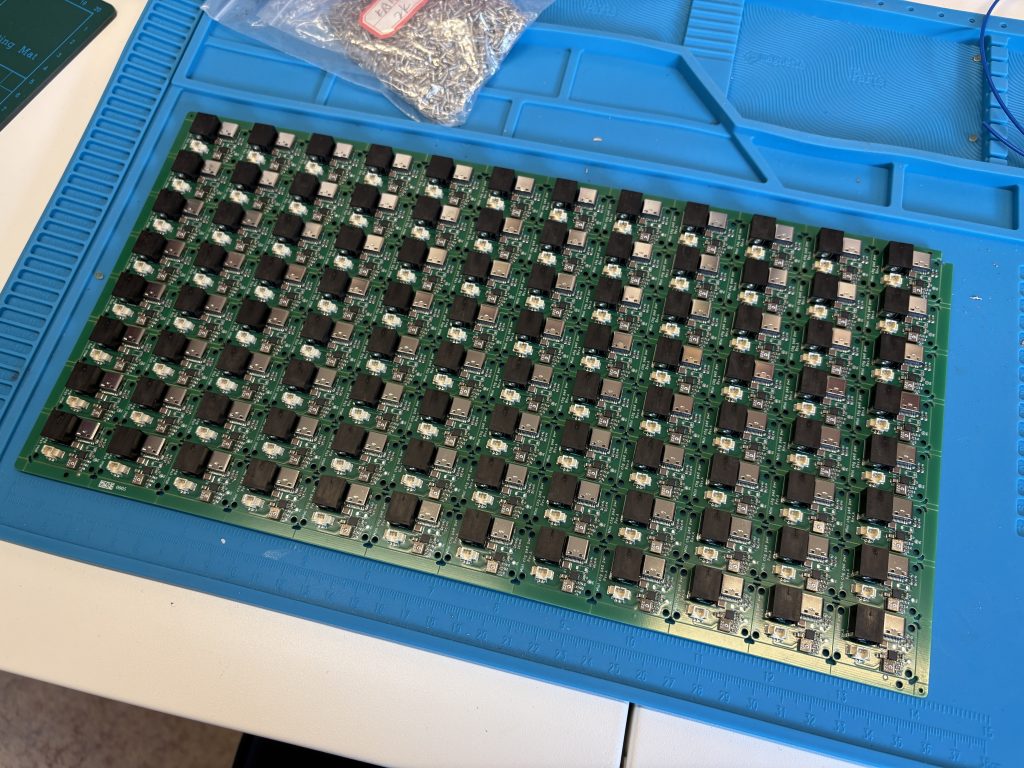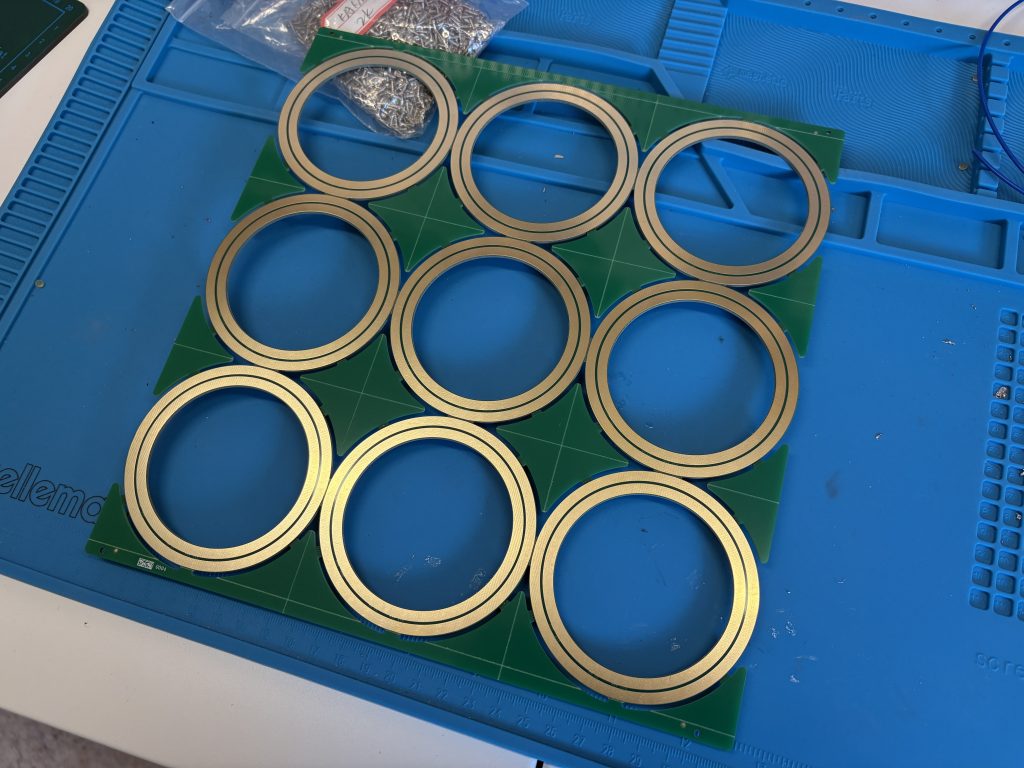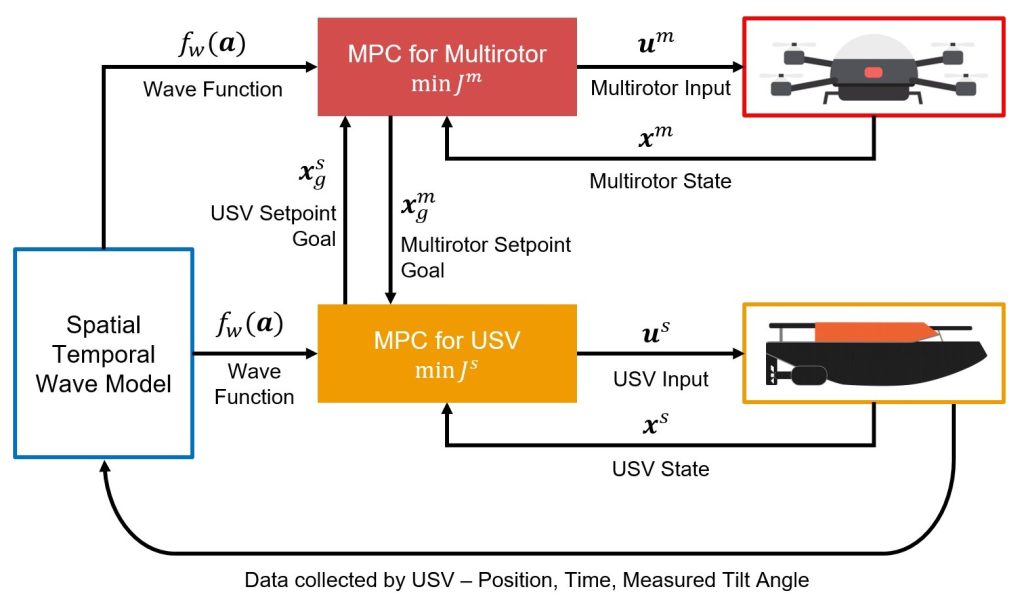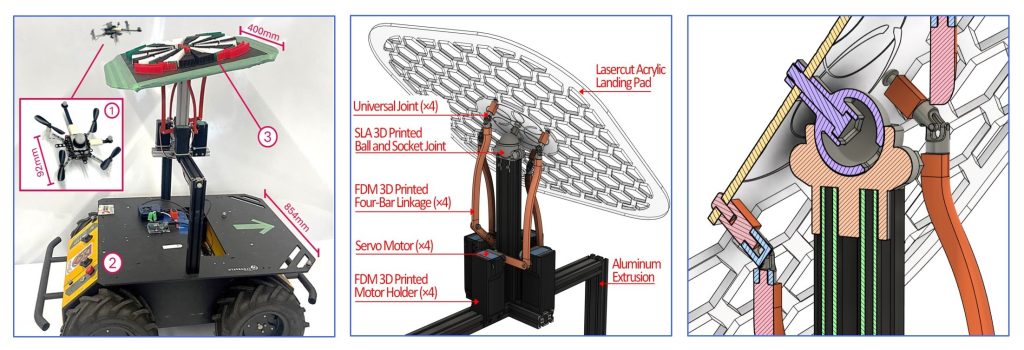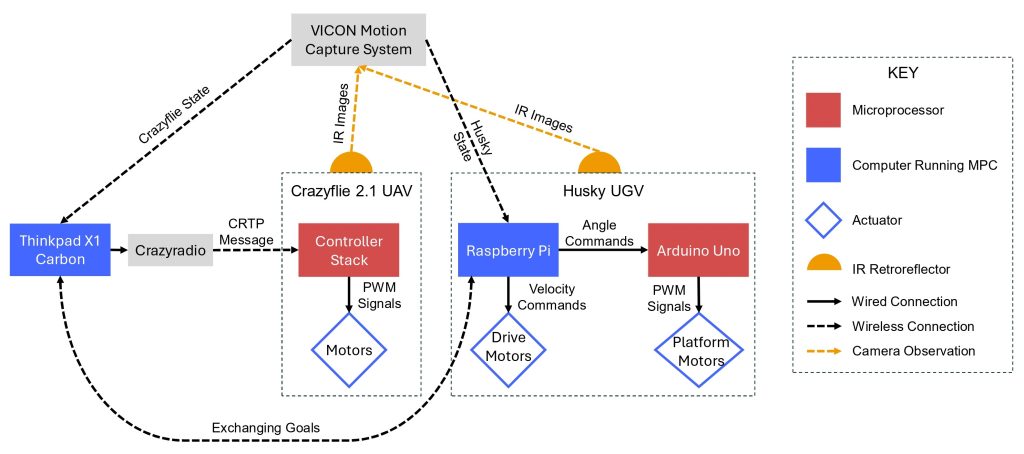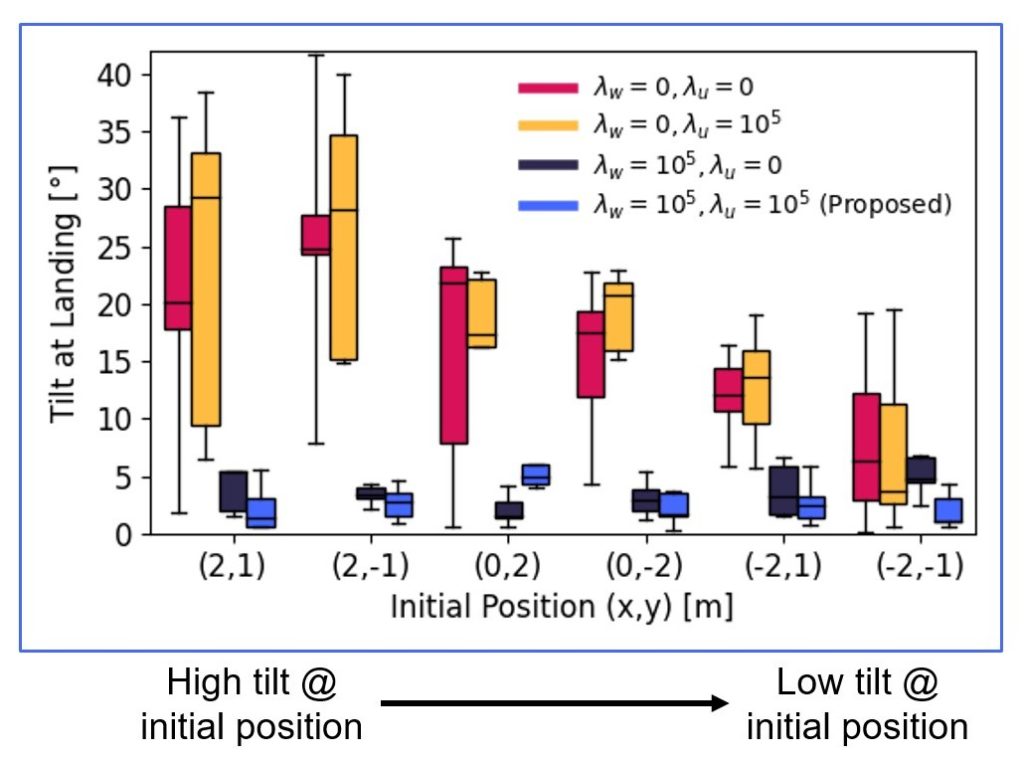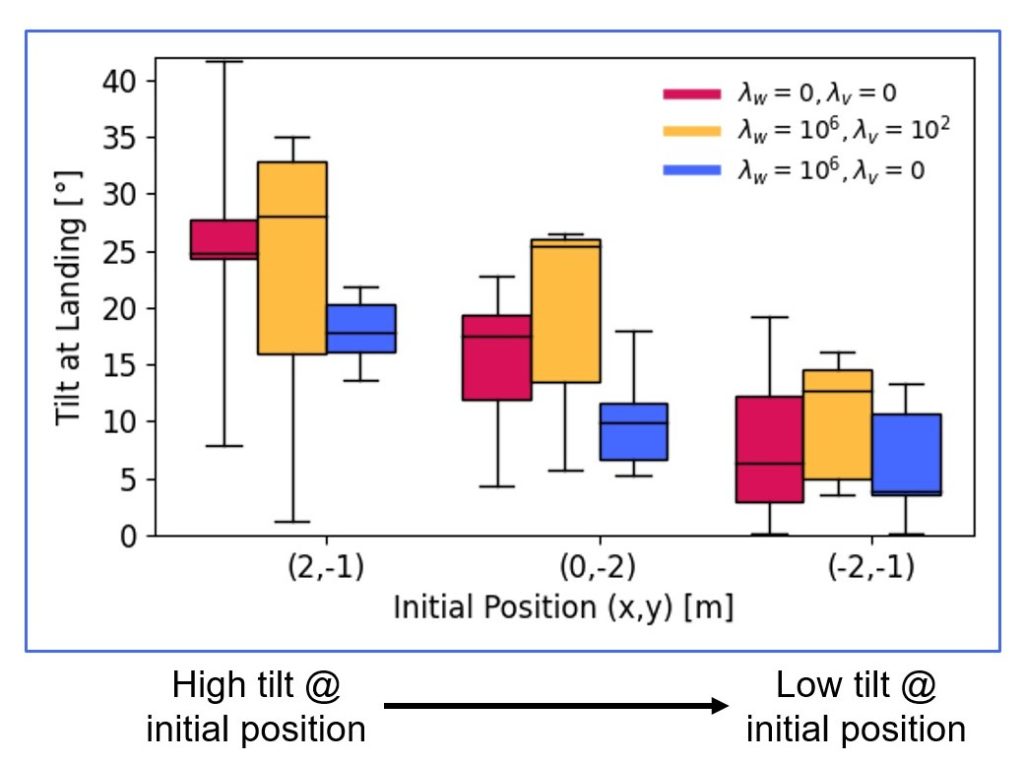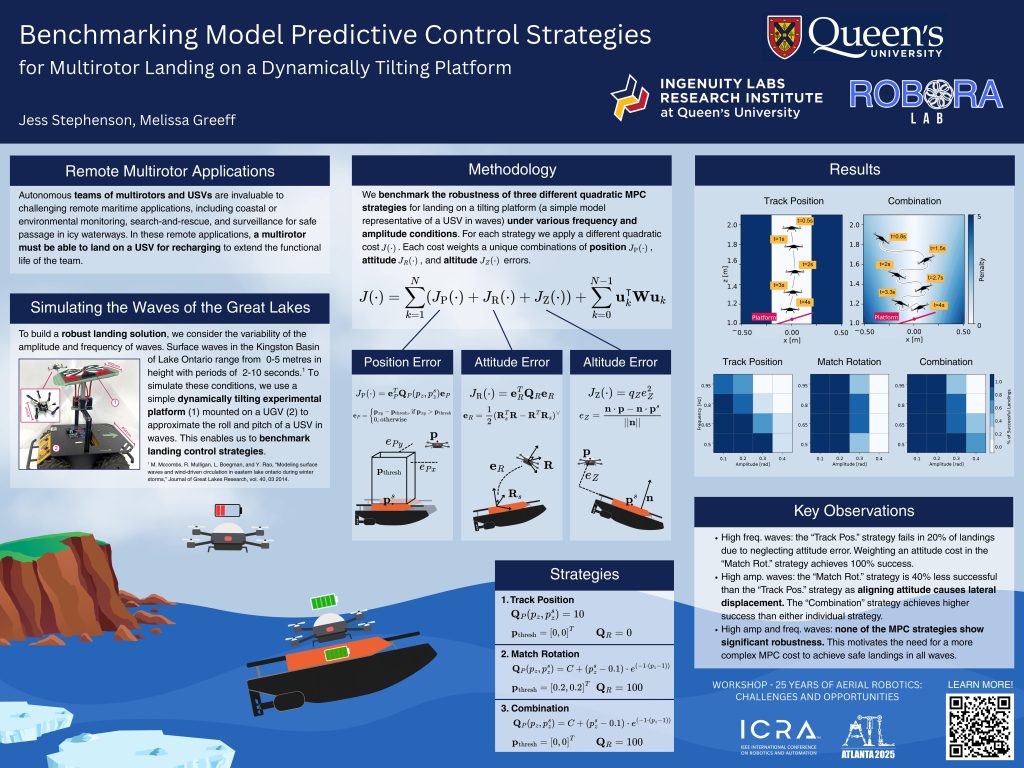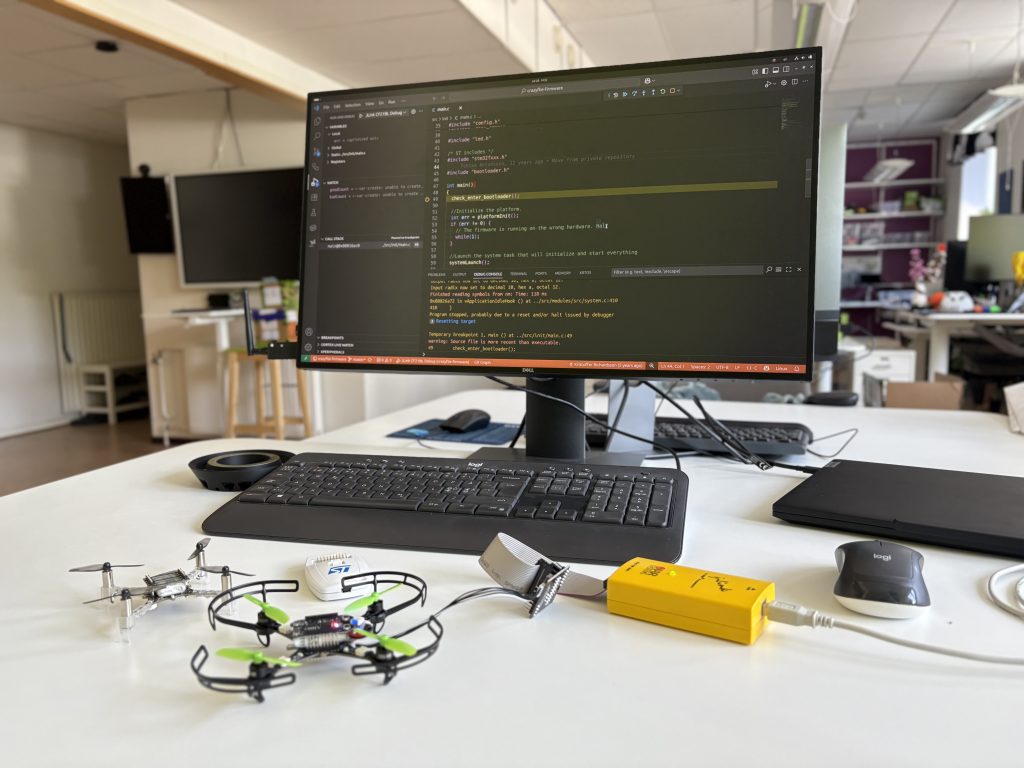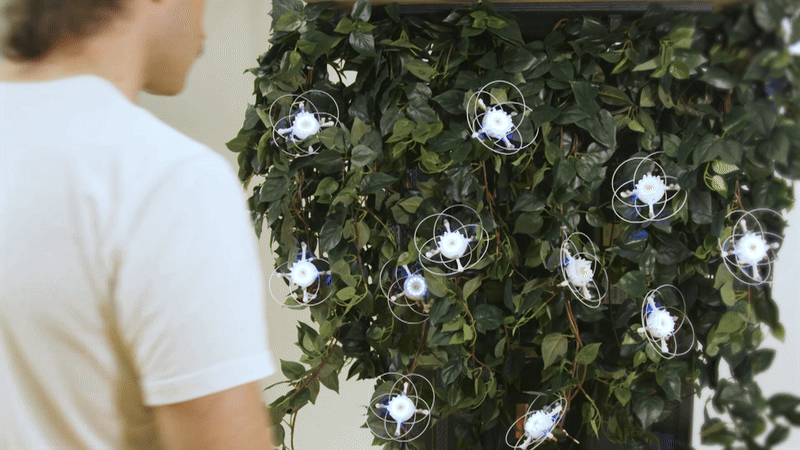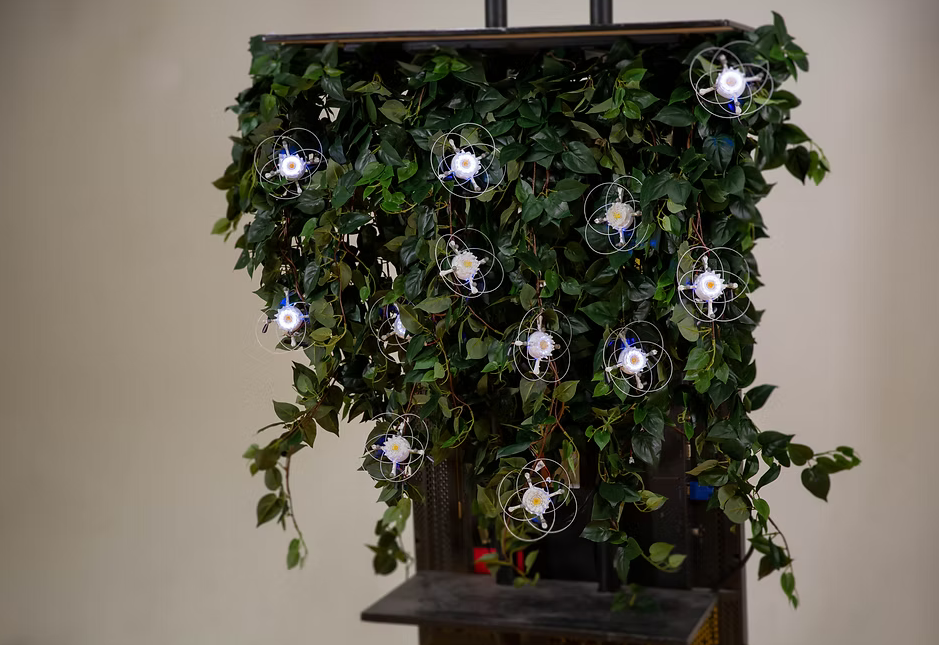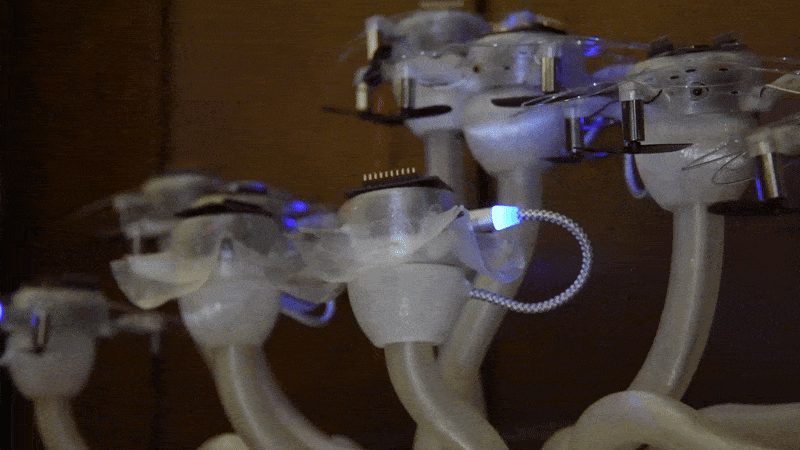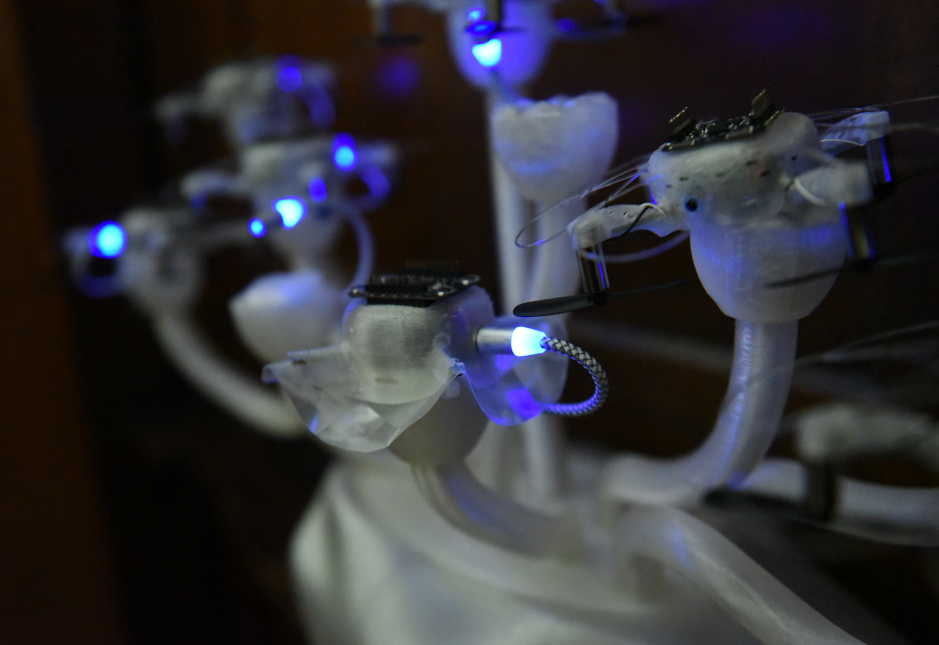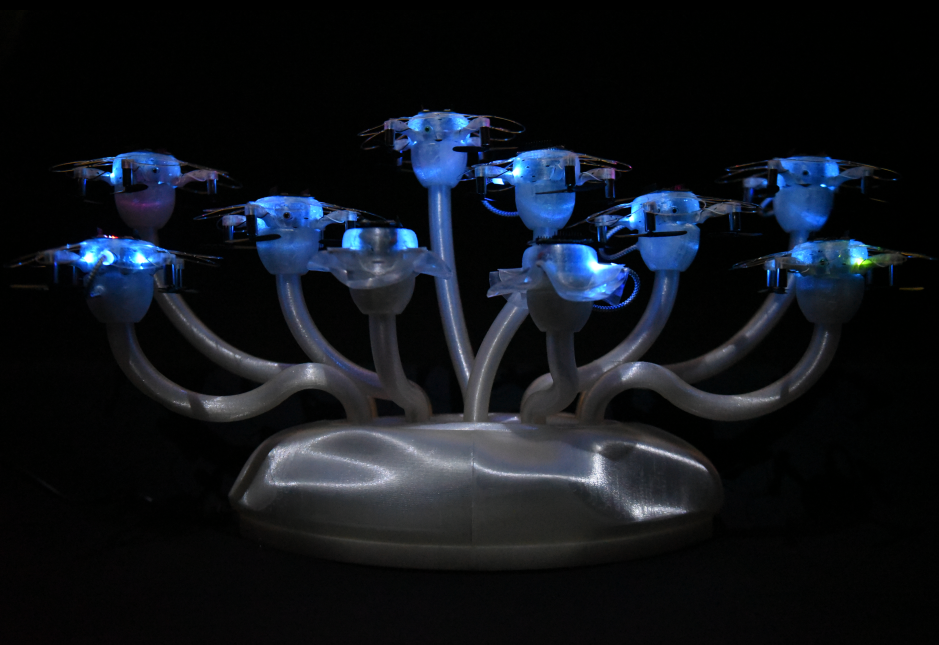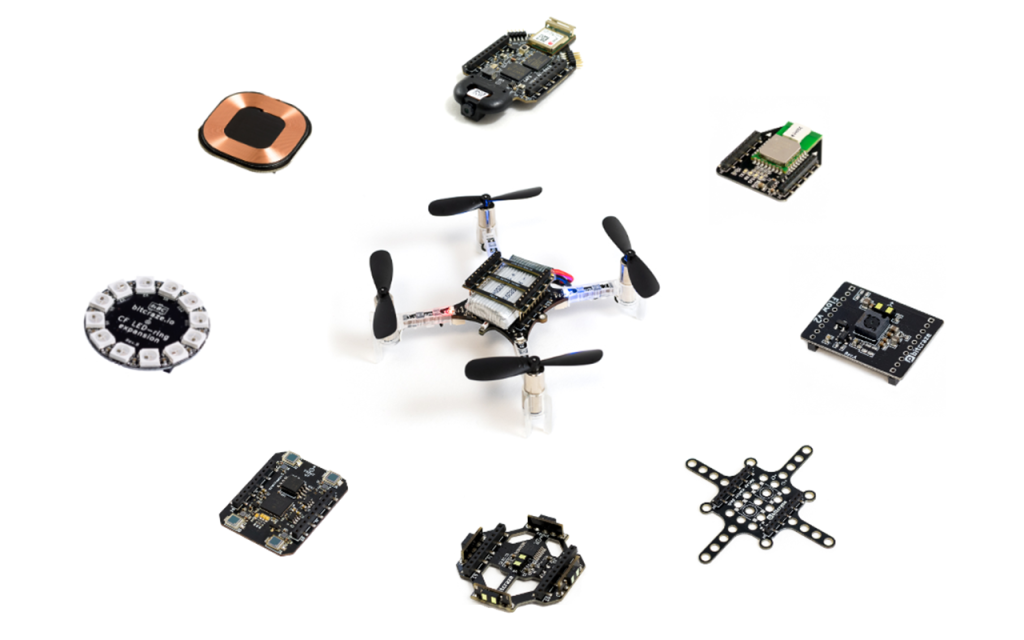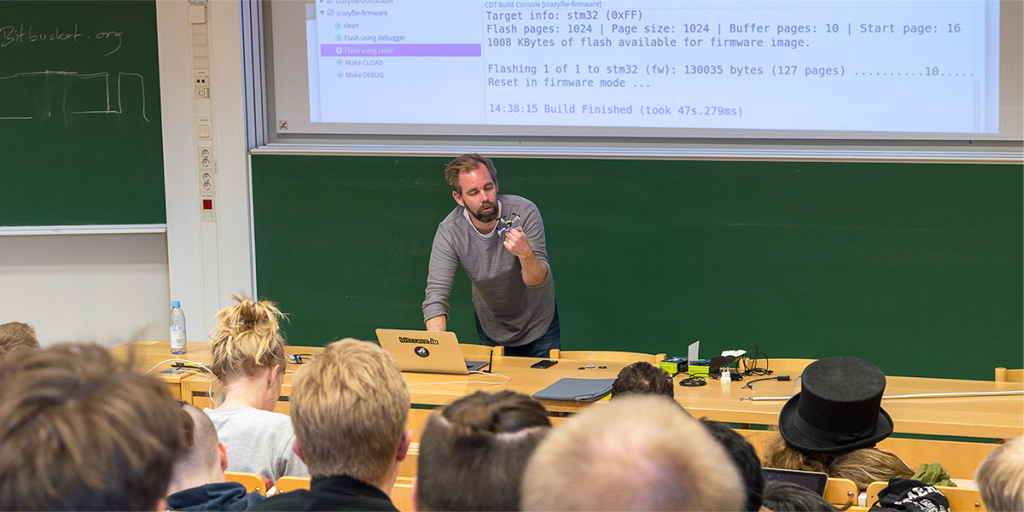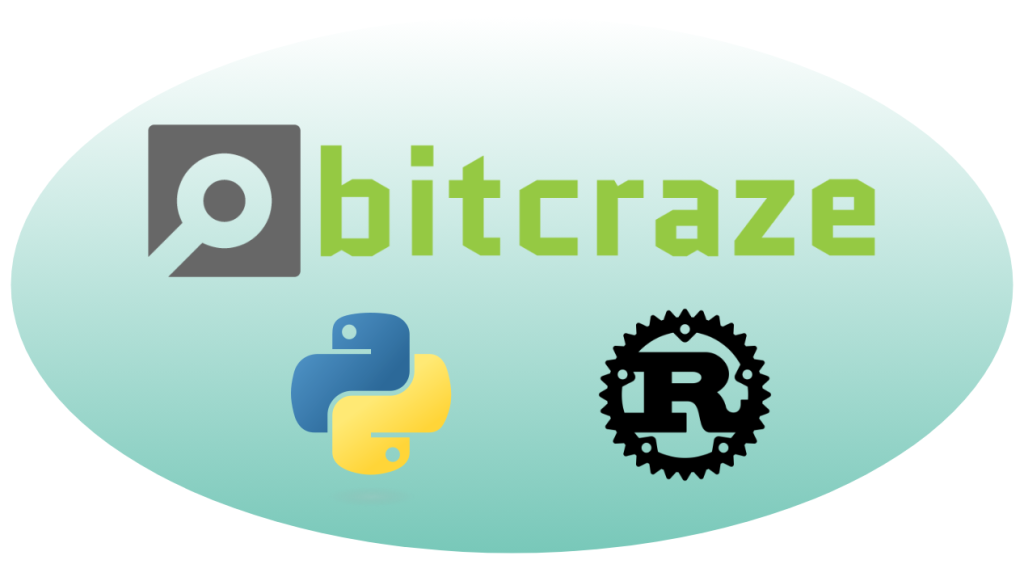We built a strong contender in the world of indoor micro drones, and it’s pushing the boundaries of what’s possible in the lab, lecture hall, and research workshop. We are talking about the Crazyflie 2.1 Brushless and it has proven to be a leap in capability, endurance, and potential, compared to the Crazyflie 2.1+. And, it’s all designed for indoor environments where precision, safety, adaptability, and repeatability matter most.
Engineering Advances that Matter
The Crazyflie 2.1 Brushless expands the indoor experimentation capabilities, letting researchers fly longer, push for more complex missions, and iterate faster.
The most striking evolution is the switch from brushed to brushless motors, which becomes a real enabler for serious indoor flight:
- Robust onboard electronics and compatibility with the full Crazyflie 2.X expansion ecosystem (except the LED ring), which means every sensor, radio, and positioning deck you’ve built will just work out of the box.
- 10-minute flight time on the stock 350mAh battery, compared to the old ~7 minutes of the Crazyflie 2.1+.
- Max payload of 40g, more than doubling the prior recommended limit and opening the door to advanced sensors and heavier expansion decks.
- Quieter and more reliable flight, thanks to lower RPM propellers optimized for a stealthier, stable operation in confined spaces.
Real Research: Indoor Applications
The Crazyflie platform is already a staple in academic circles, and “The Brushless” amps things even further:
- Swarm Robotics Indoors: Multiple universities coordinate Crazyflie swarms inside test arenas, labs, and lecture halls for research into distributed control, real-time collision avoidance, and modular asset tracking.
- Precise Indoor Positioning: With decks for Lighthouse or Loco positioning, research groups achieve centimeter-level indoor path planning and formation control. This is vital for AI benchmarking where GPS access isn’t possible.
- Autonomous Sensing: The payload bump means researchers could run in-situ experiments with real environmental sensors like gas monitors, radiation detectors, or tiny RFID readers, all indoors, for smart buildings and logistics.
- Gesture and Object Tracking: Computer vision decks enable interactive robotics projects, allowing drones to follow hand gestures, track moving people, or scan QR codes throughout an office or lab.
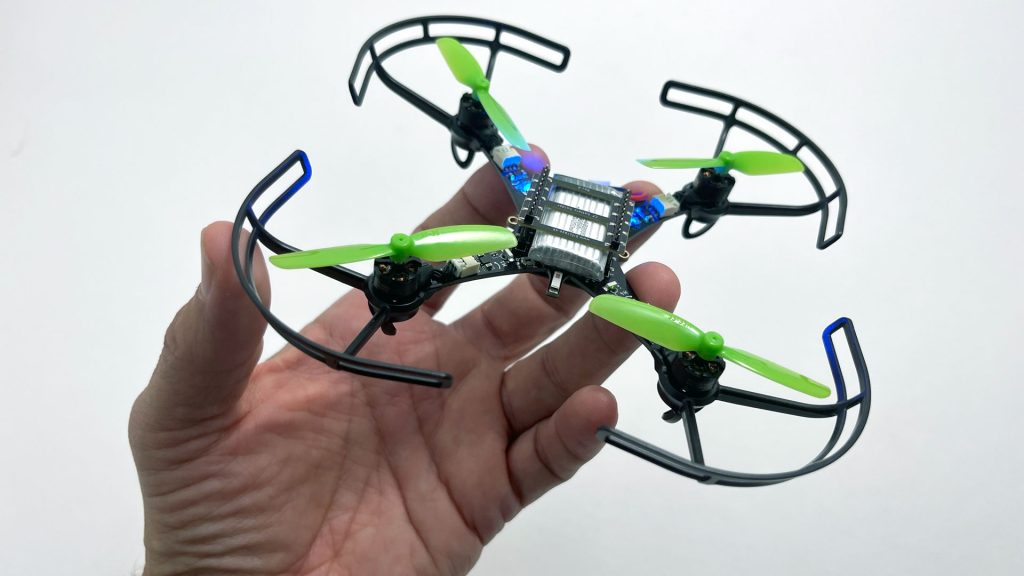
Key Specs (For the Tinkerers)
The Crazyflie 2.1 Brushless as an Enabler
The Crazyflie 2.1 Brushless has proven itself as an enabler for rapid experimentation, reproducible robotics, and ambitious research, where safety, precision, and repeatability matter. Its robust platform, expanded payload, and enhanced flight time make it a micro drone of choice for anyone building the next wave of intelligent swarms, real-time path planners, or AI-integrated automation systems in contained spaces.
What will the next breakthrough look like? This drone lets the imagination take flight.


